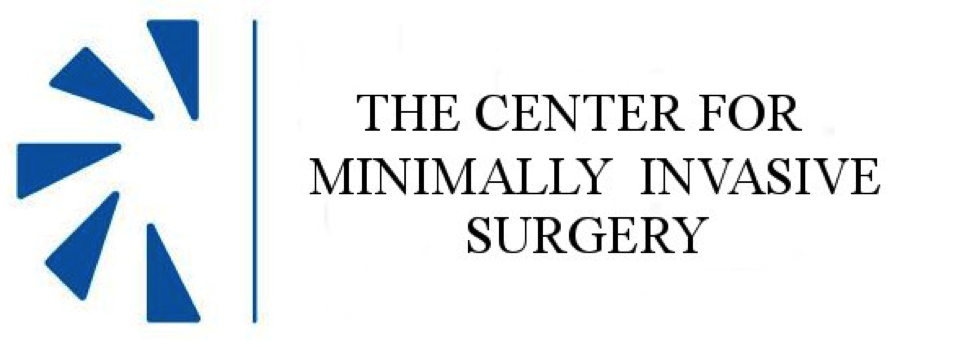Septoplasty To Correct Deviated Septum
A deviated septum is a fairly common condition in which the cartilage and bone that divide the nostrils is displaced to one side of the nose. A deviated septum can cause blockage of one or both nasal passages, resulting in symptoms like difficulty breathing, snoring, nosebleeds and chronic sinus infections. In severe cases, a deviated septum can even cause facial pain and sleep apnea. Septoplasty is a surgical procedure performed by a board-certified otolaryngologist that can correct a deviated septum.

Is septoplasty the right treatment for me?
Septoplasty is a surgical procedure that is used to correct a deviated septum and improve nasal breathing. Symptoms such as difficulty breathing, snoring, or chronic sinus infections may indicate the need to consider septoplasty as a potential treatment option. Consultation with a board-certified otolaryngologist can determine if septoplasty is the right treatment. The procedure involves repositioning the cartilage and bone in the nasal passages, allowing for improved airflow and symptom relief.
What to expect from septoplasty
Septoplasty is typically performed under general anesthesia and typically performed as an outpatient procedure. During the procedure, the surgeon will make an incision inside the nostrils to access the septum. The surgeon will then reshape or remove any misaligned or deviated parts of the septum to improve breathing. After the septum has been corrected, the incisions will be closed with sutures. Sometimes a soft silicone splint will be inserted into the nose to keep everything aligned until the tissue has healed. The surgery typically takes between one and two hours. After the procedure, the patient is taken to a recovery room for monitoring until the anesthesia wears off.
What happens after septoplasty?
Most people experience some discomfort, swelling or some bruising after septoplasty. Any pain can be easily managed with over-the-counter pain medications. Doctors usually advise patients to avoid nose blowing and to minimize strenuous activity for the first few weeks after the surgery. Follow-up appointments with the surgeon will be necessary to remove the splint and monitor the healing process. Following the healthcare provider's instructions for post-surgery care is needed to ensure a successful recovery.
The solution is up your nose
A deviated septum can cause annoying and even painful symptoms like difficulty breathing and chronic sinus infections. Septoplasty is a surgical procedure that can correct a deviated septum and improve nasal breathing. The surgery is fast and effective, and after a minimal time of post-surgical discomfort, the patient can look forward to continued relief from former symptoms. A consultation with a board-certified otolaryngologist can help determine if septoplasty is the best treatment option.
Recent Posts
ACL Repair: Will You Have Range Of Motion With Your Knee After Recovery & Physical Therapy?
After an ACL injury, ROM can be negatively affected. ACL repair surgery helps restore function, but physical therapy is essential to ROM.
Arthroscopy: What Are The Benefits Of This Minimally Invasive Outpatient Orthopedic Procedure?
Arthroscopy can help diagnose or treat joint conditions. Benefits of the MIS include faster recovery, less pain, and fewer scars.
Posterior Interbody Lumbar Fusion: What Are The Benefits Of PLIF For People With Back Pain?
People with chronic back pain may benefit from posterior interbody lumbar fusion surgery. PLIF can reduce pain and improve stability.
Saying Goodbye To Tonsil Troubles: The Benefits Of Minimally Invasive Tonsillectomy
Chronic tonsilitis or other tonsil troubles can impact health and well-being. A minimally invasive tonsillectomy can reduce infections.








